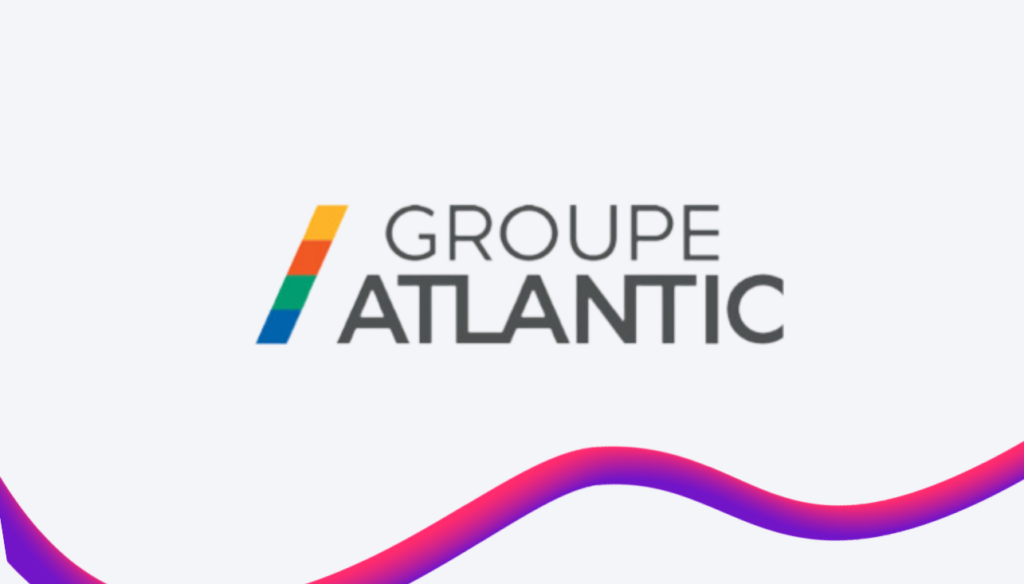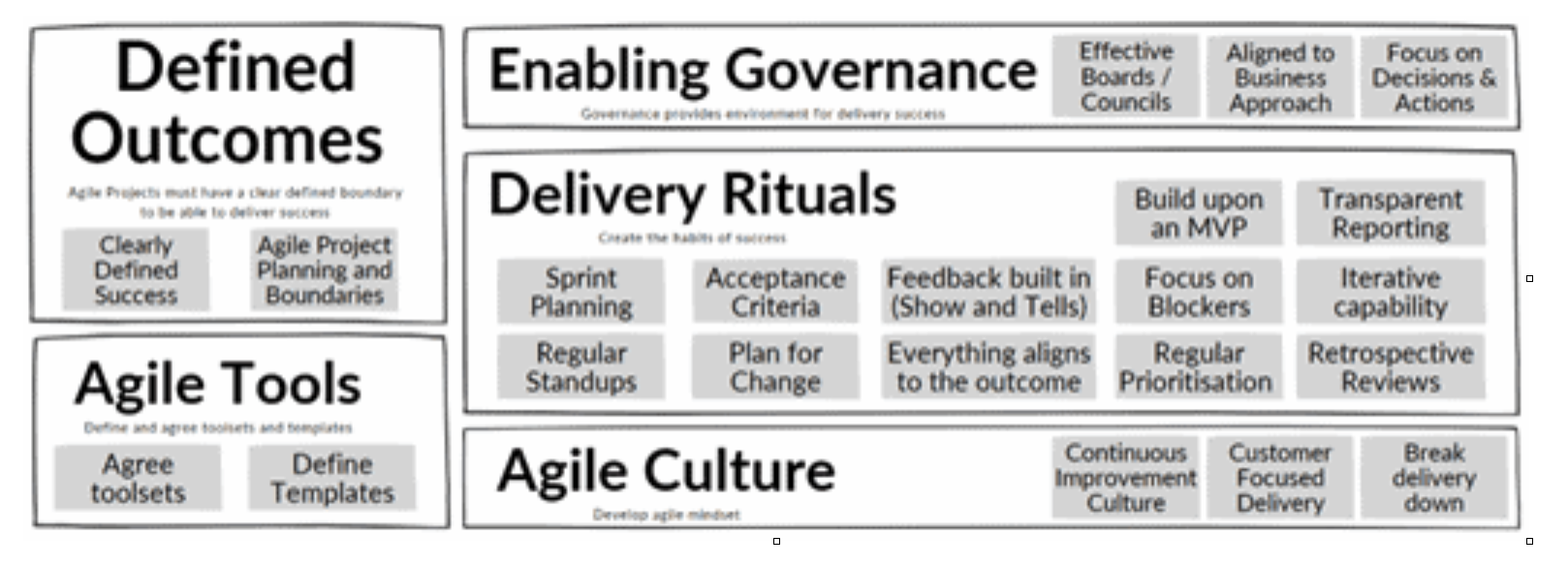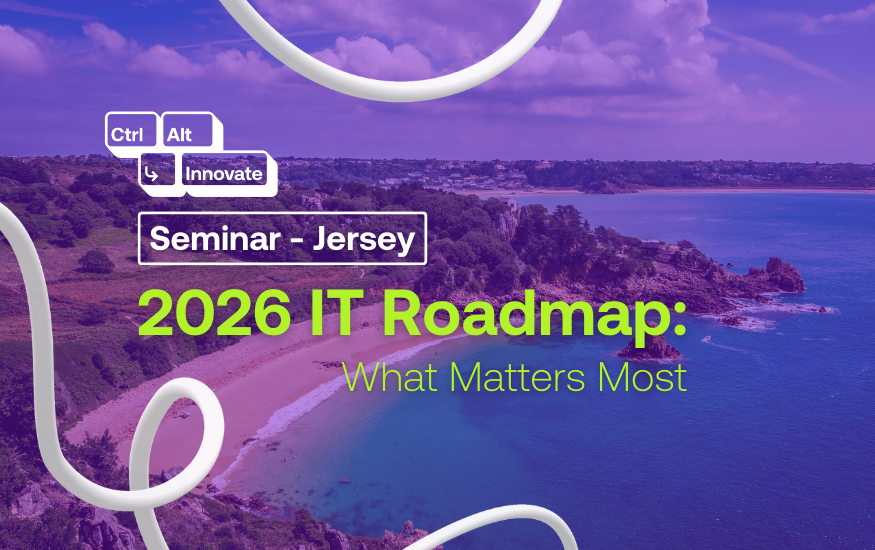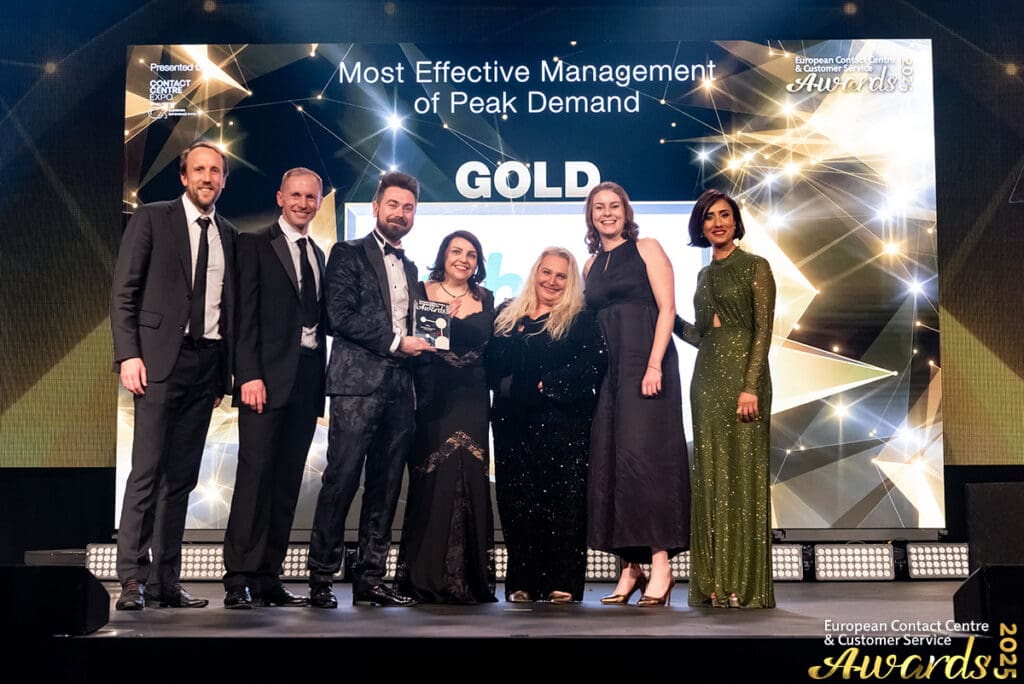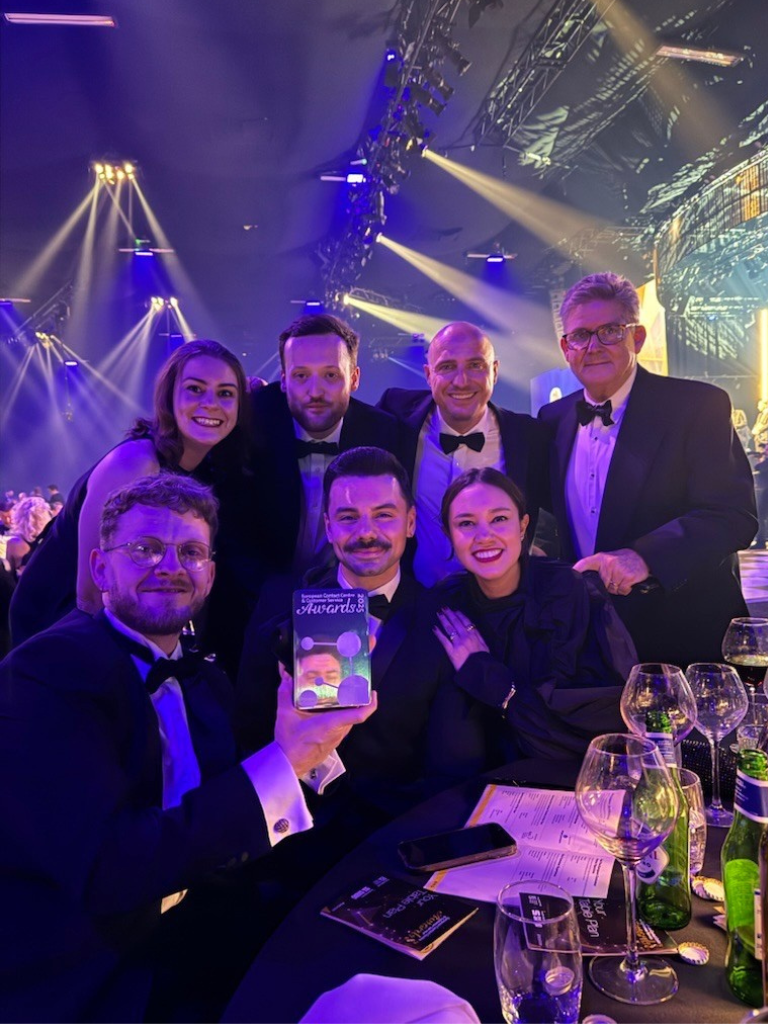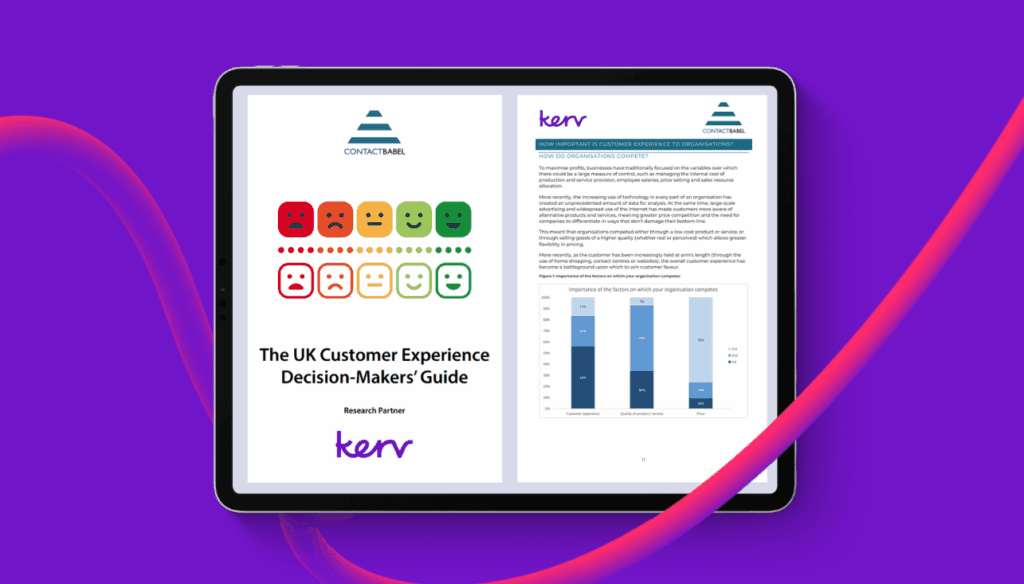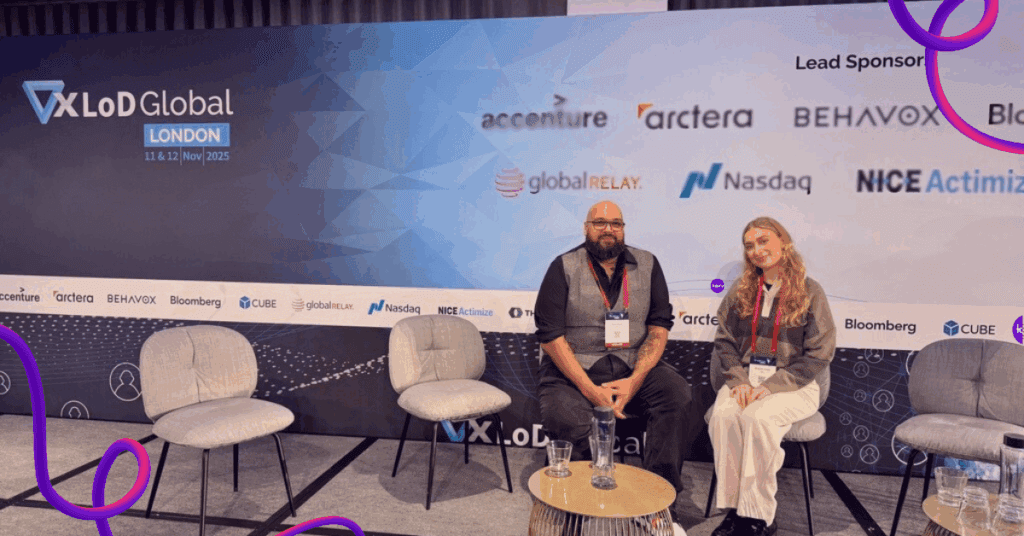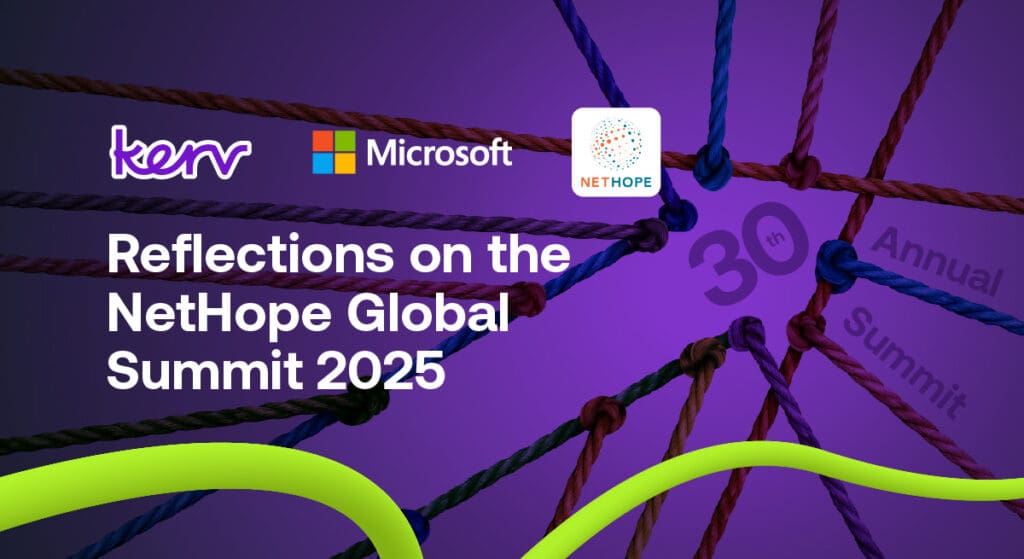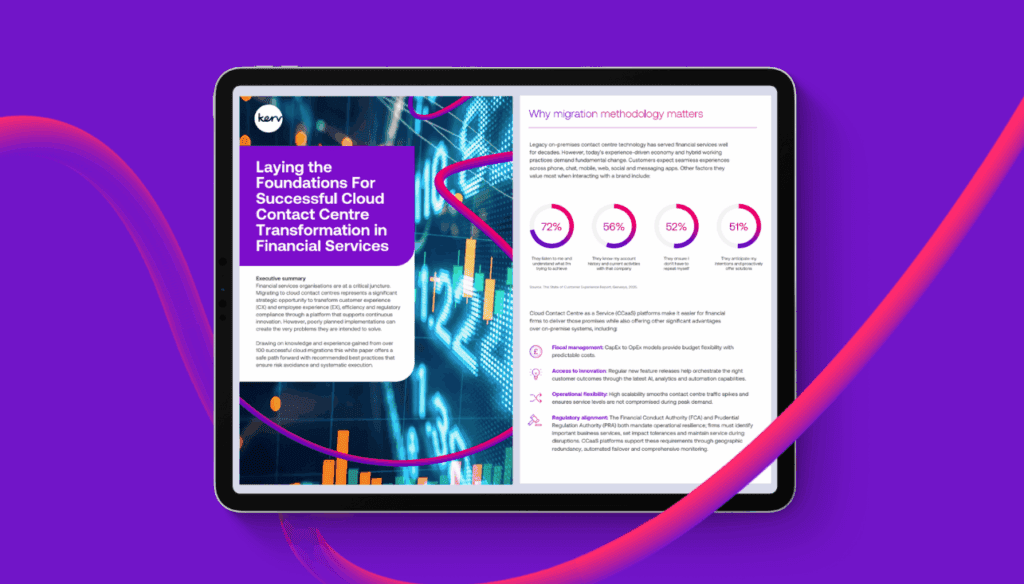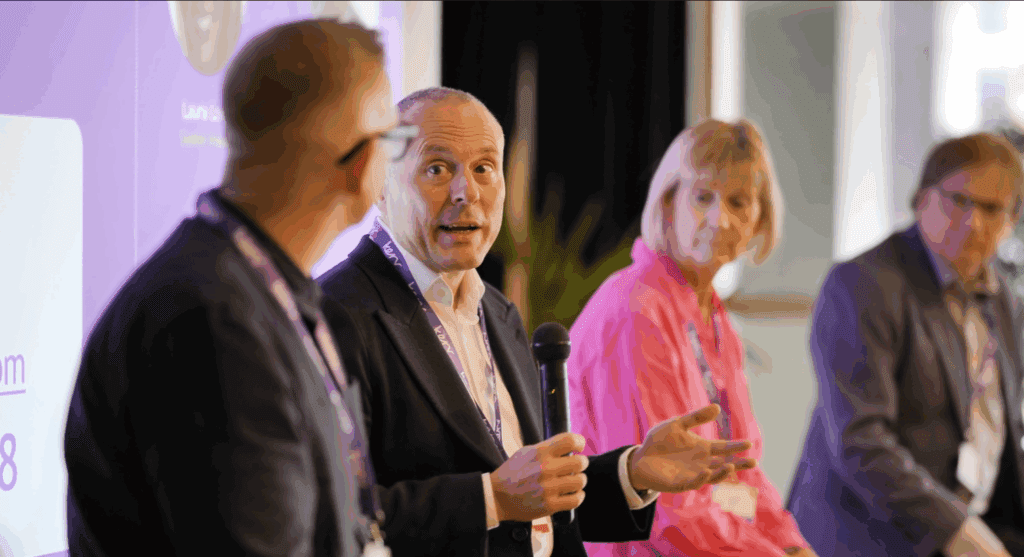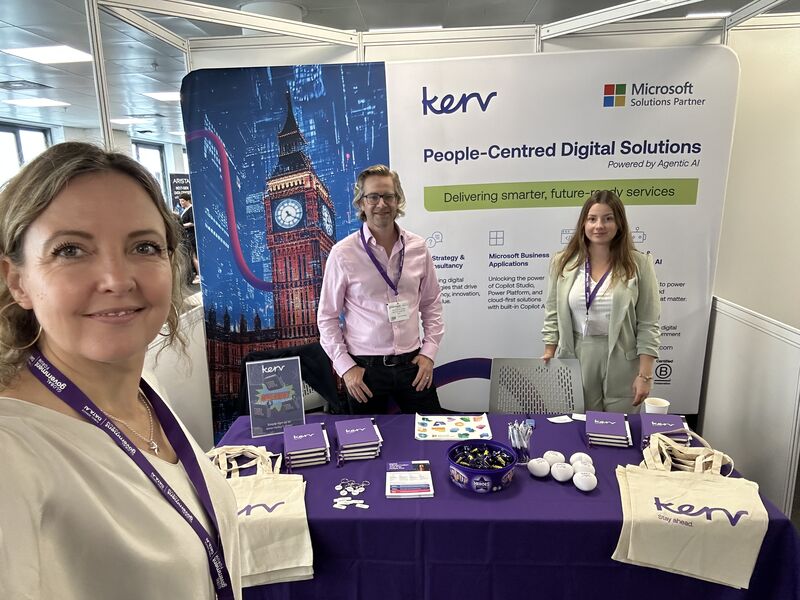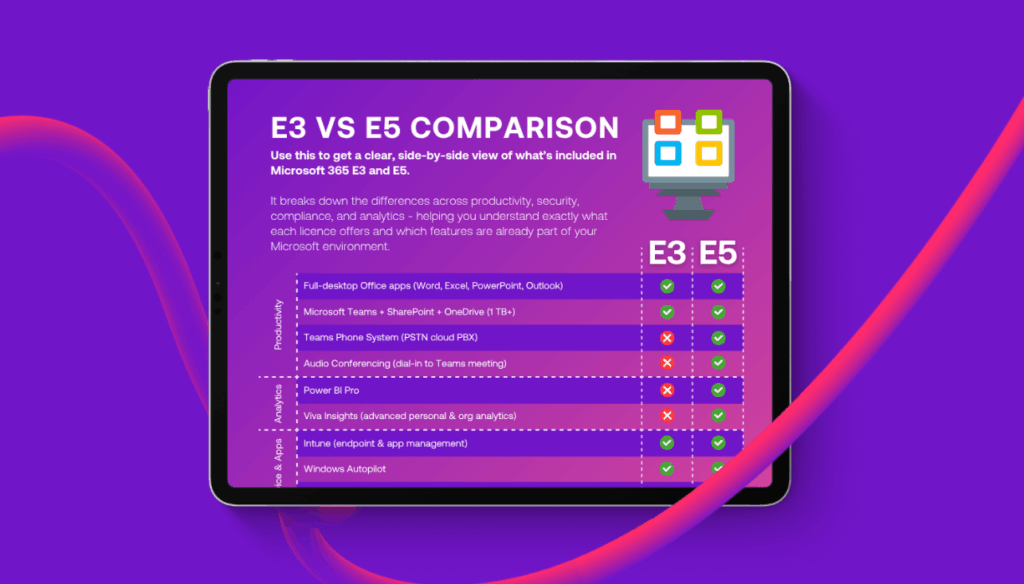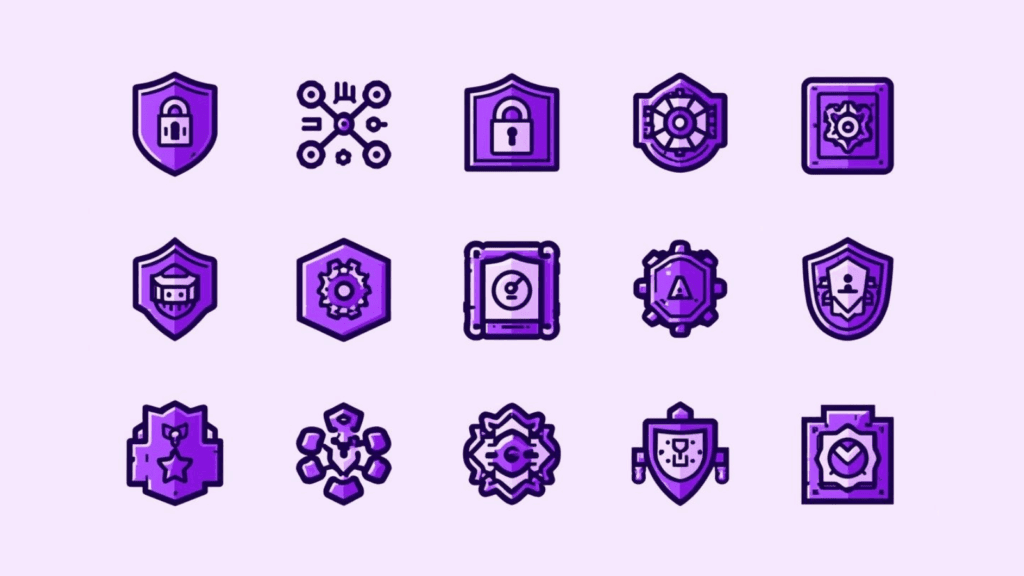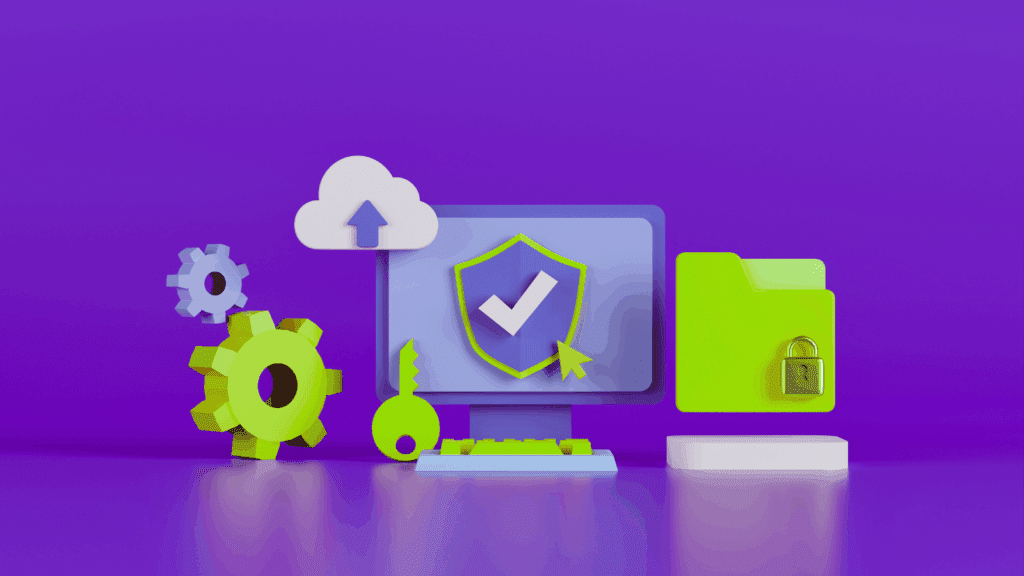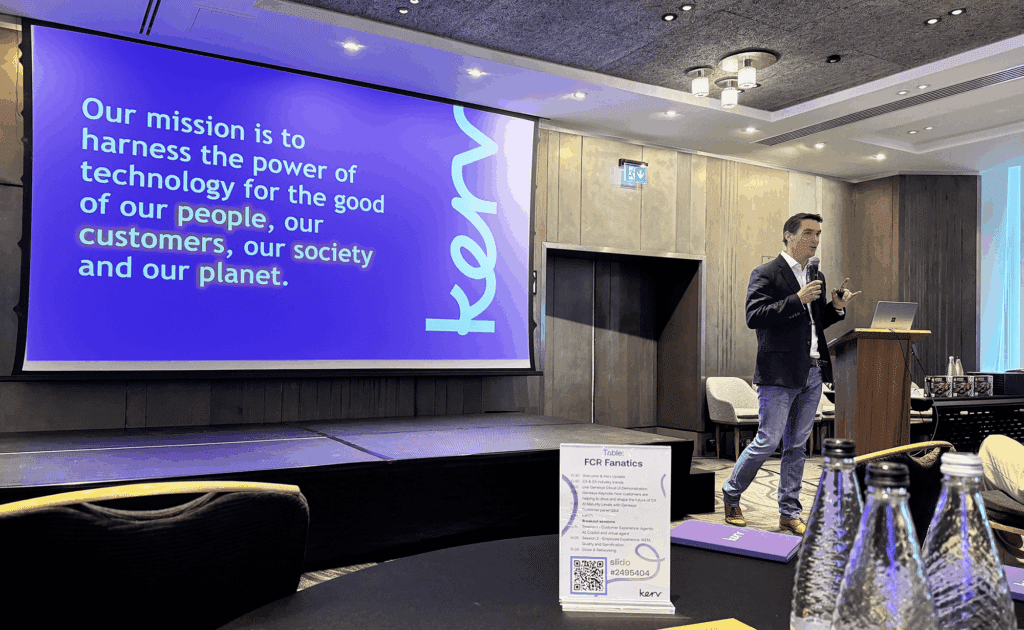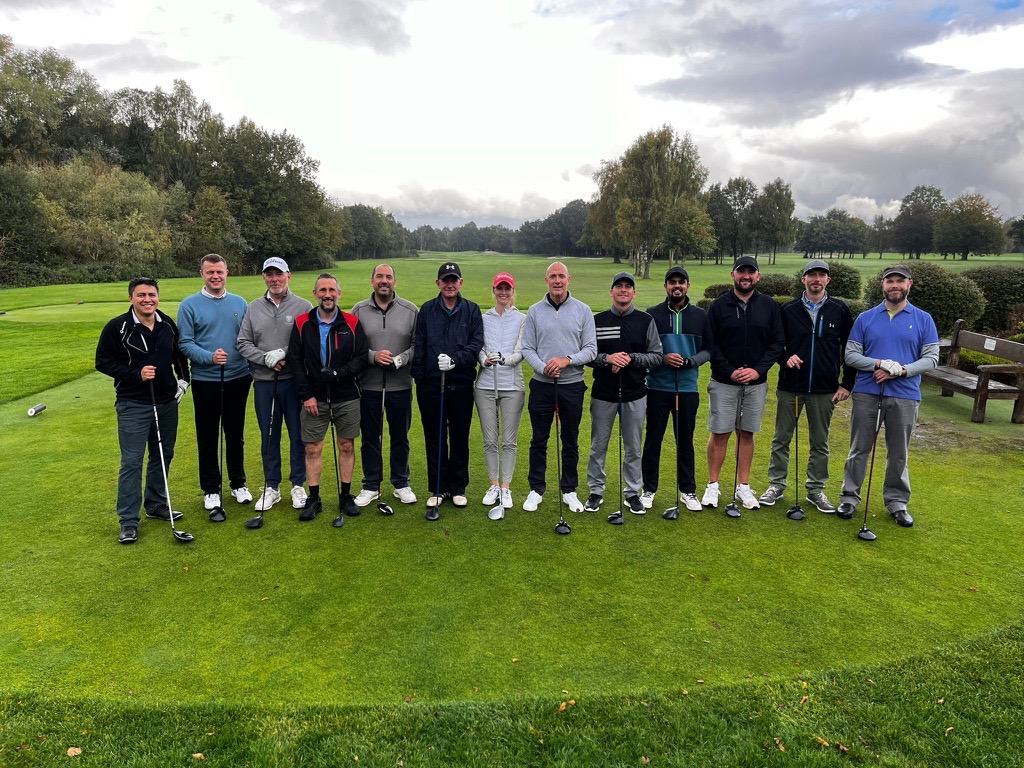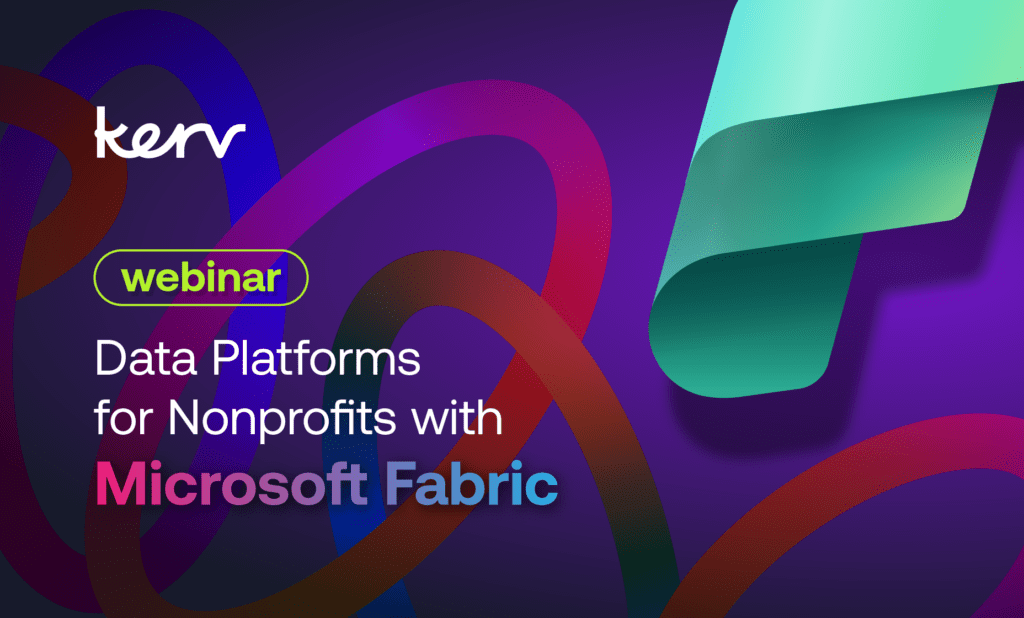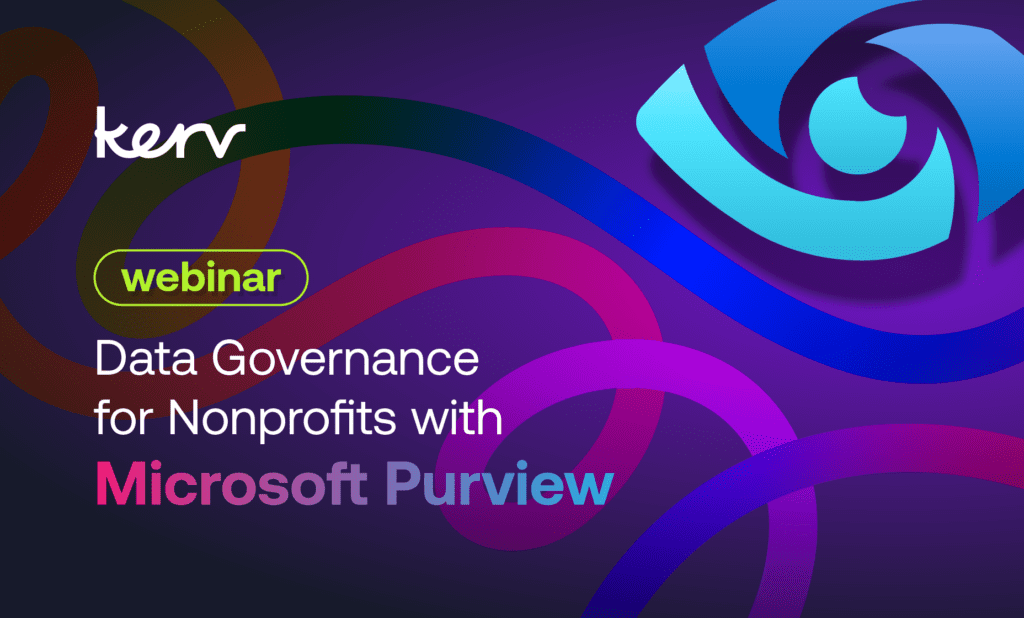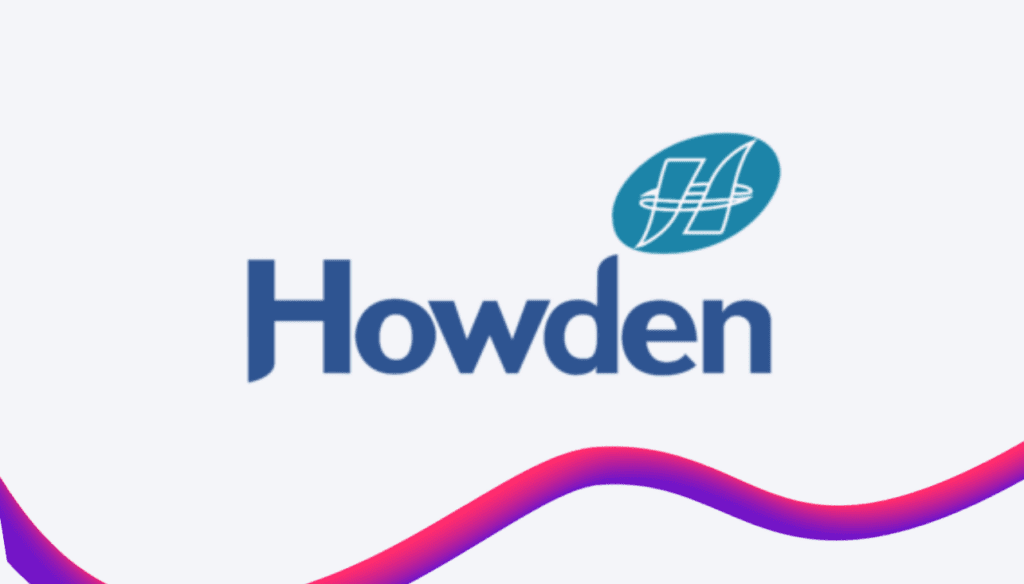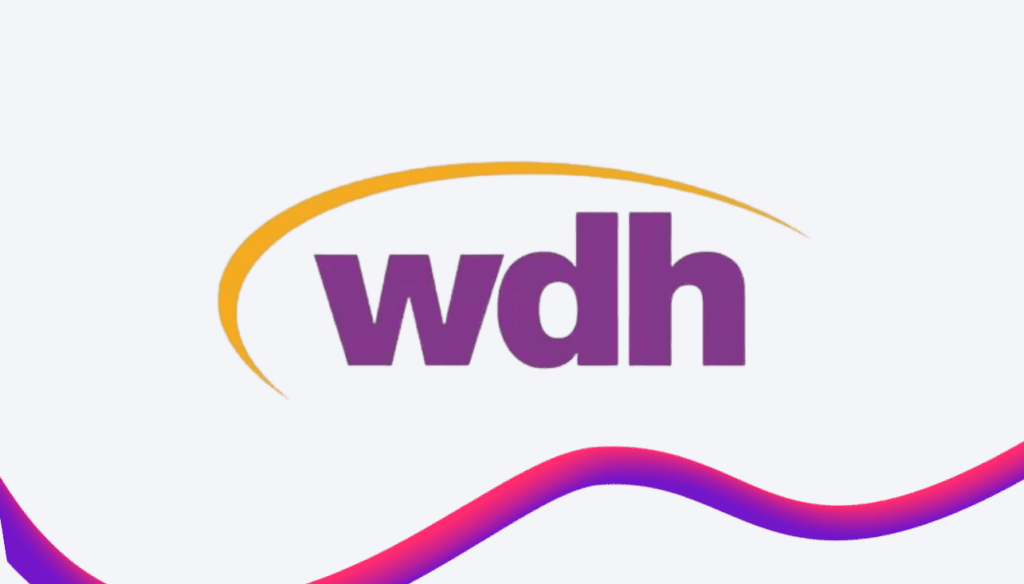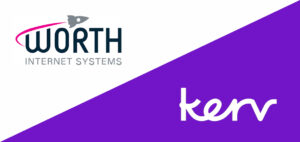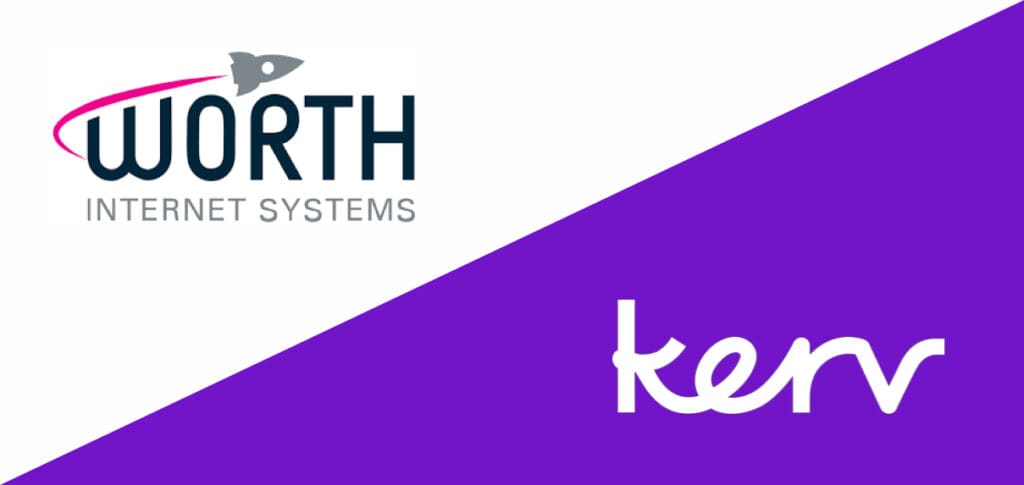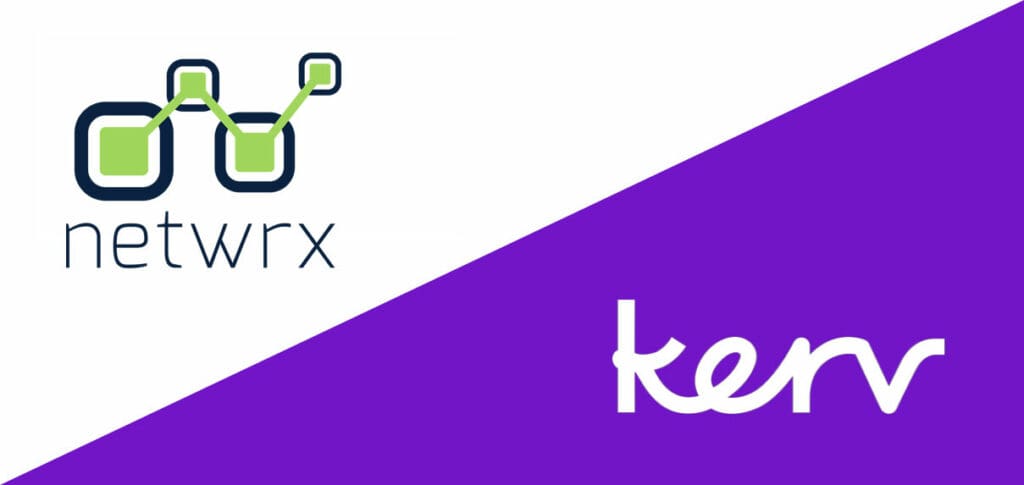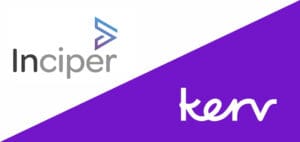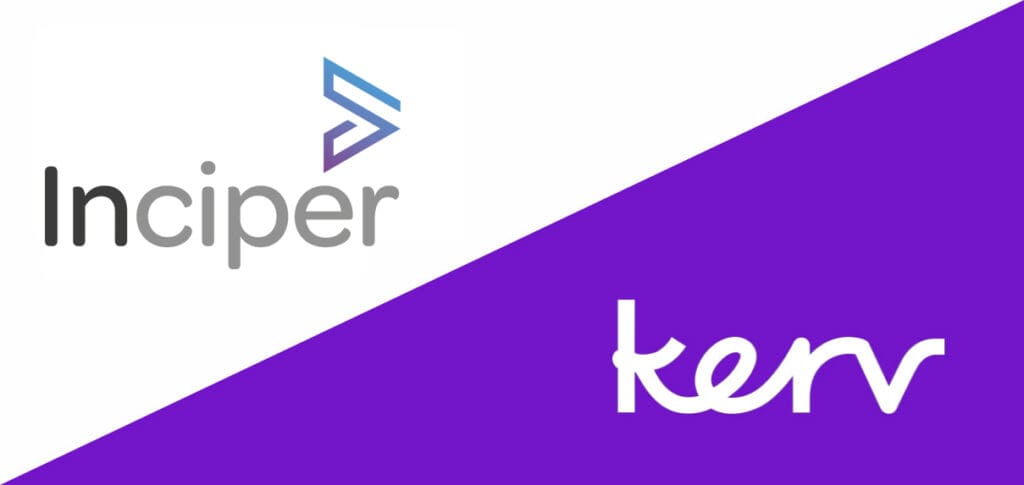Across both organisations we commit to develop this methodology quickly, to allow it to be applied as soon as possible. To achieve this, we outlined a delivery plan which split the delivery into 6 sprints: one for mobilisation and five delivery sprints.
The delivery sprints were designed to cover key areas of an agile delivery methodology:
- Defined Outcomes – Ensuring Agile Projects to have clear, defined boundaries to be able to both respond to change that adds customer value but also keep focus to allow the team to deliver successfully.
- Agile Tools and Templates – We agreed to work with GA to propose options for agile delivery tools. This included defining templates for delivery.
- Enabling Governance – Ensuring GA could plan effective governance boards and councils, which are aligned to the wider business approach with a focus on actions and decisions. This provides the environment for projects to succeed.
- Delivery Rituals – Defining delivery rituals, such as sprint planning, stand ups, retrospectives and transparent reporting which would be adopted as habit by the delivery teams.
- Agile Culture – Promoting an agile mindset and culture where delivery is broken into manageable chunks, there is clear focus on customer values and the teams adopt a continuous improvement culture.
Figure 1 – The areas of focus for the Agile Methodology
First sprint
The mobilisation sprint was structured to allow Kerv Consult to learn about the GA business and existing ways of working, whilst in parallel allowing the GA Digital team to mobilise the team they needed to support delivery of the methodology. This also enabled a short period to establish the ways of working for the engagement, an opportunity to demonstrate agile in practice.
The teams from both organisations quickly developed a collaborative relationship and this allowed for progress to begin at pace. In true agile fashion, we all agreed to work flexibly and focus on the most valuable areas at any given time. This collaboration also allowed us to work with the GA team to iterate and plan additional deliverables into these sprints, wherever it was identified it would provide a better outcome for GA.
The team quickly demonstrated flexibility by shifting the focus of the first delivery sprint from an agile mindset to delivery rituals, a decision driven by availability of some key GA resource who needed to be engaged in the mindset elements.
Second sprint
The second sprint was a success, not only defining a wide range of delivery rituals which would benefit GA but also seeing the Kerv Consult and GA teams aligning on a proposal for the preferred agile toolset. This put the team ahead of the target velocity and provided a strong position which allowed for additional scope to be accommodated within the engagement.
This sprint also highlighted an opportunity for an additional deliverable to be introduced into this phase of the project. Guides and reference materials which broke down each topic and can be navigable by both usage path (what you are trying to do) or by role (who you are and what is relevant to you).
The reference packs were agreed to be delivered in addition to the formal delivery methodology and would be developed in parallel across the sprints. The key aim of this was to ensure that not only were people told what they should do as part of the methodology, but they could also find relevant guidance on how to do it.
Once the ‘What’ and ‘How’ elements associated with the Delivery Rituals had become clear, the following sprint focussed on Agile Mindset. This defined roles and responsibilities tailored to the GA organisation and the digital strategy. This also focussed on some of the mindset elements like leveraging automation, embedding continuous improvement and focussing on value.
Third sprint
During the third sprint we again identified a new area where we could collaborate to help GA embrace agility. This time, the focus was not on the delivery itself, but rather on the wider approach to projects within Digital Services. As the agile delivery approaches became clear, many of the conversations turned towards the wider scope of Portfolio Management and how that leads into Initiation within an agile context.
Sprint four was focused on Reporting and Governance, with delivery of templates as another focus area for this period. Therefore, the team developed the different approaches for reporting on projects such as burn-up and velocity tracking, defining the governance boards and approach for project and product-based delivery and developed a range of template based on best practice as planned.
In addition to this, we agreed that as the project was ahead of plan, we would widen the scope of the methodology to cover the full initiation lifecycle, not just the delivery stages. This ranged from a new request or conceptual idea through to a clear project with a defined vision and scoped Epics ready to be delivered against iteratively. To include this, the team also developed an initiation flow which allowed GA to take a request through a triage, assessment of value and a full initiation and decision-making process.
Interestingly, this new addition was one of the more controversial parts of the methodology. The GA team already had a proven approach already defined for project initiation and so finding the balance between the best parts of this with an approach that drove more agility required more iterations. There were mixed feelings on the amount of change needed to drive the desired result. The resulting approach that the team took allowed them to work together to define the right approach for the organisation moving forwards.
To make this real, an additional deliverable above the delivery methodology document set was added. A project initiation guide was developed and documented which walks the team through the new approach and coupled with the delivery methodology meant that the entire lifecycle was covered.
This was a great example of team flexibility. Being able to recognise that something specific would add a lot of value for the organisation allowed the team to focus the right amount of effort in that direction.
After all, being agile is having the ability to respond to change in the right way!
One of the other advantages of this is that the defining outcomes focus area had been much more extensively covered than originally planned due to the increased focus on initiation.
At this point the GA team felt confident in the approach and did not need Kerv Consult to support them to mobilise a project with the new methodology. Instead, it was agreed that providing further useful templates and examples would better help the team and so Sprint five was delivered with this in mind.
The final key deliverable for Sprint five was a communication approach to embed the methodology across the organisation. We developed, and jointly agreed, a phased plan that underpinned embedding the methodology across the digital teams, then gained executive buy-in before it is deployed across wider business areas.
At this point we had jointly covered everything that was agreed and introduced additional deliverables to help GA best embrace new agile ways of working and had done so with a full sprint to spare.
We agreed that the right approach was to declare the initial phase of the project complete early and stand down the team one sprint ahead of planned, with the GA digital management team ready to apply the methodology for new projects.
The resulting collaboration between the teams, we delivered everything that was agreed and a range of additional elements and finished 17.5% early and 15% under the agreed budget.
The real success of the project was the team collaboration which built on the great experience that GA had whilst introducing new agile ways of working. The core team embraced this sometimes challenging, yet extremely enjoyable, piece of work.

